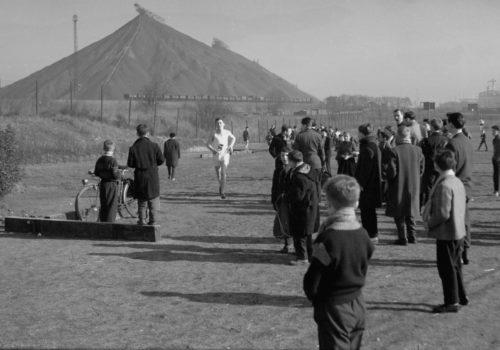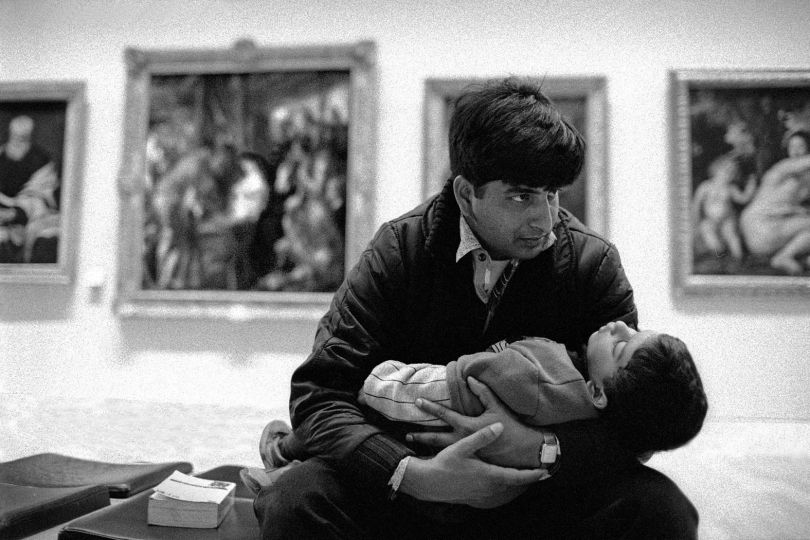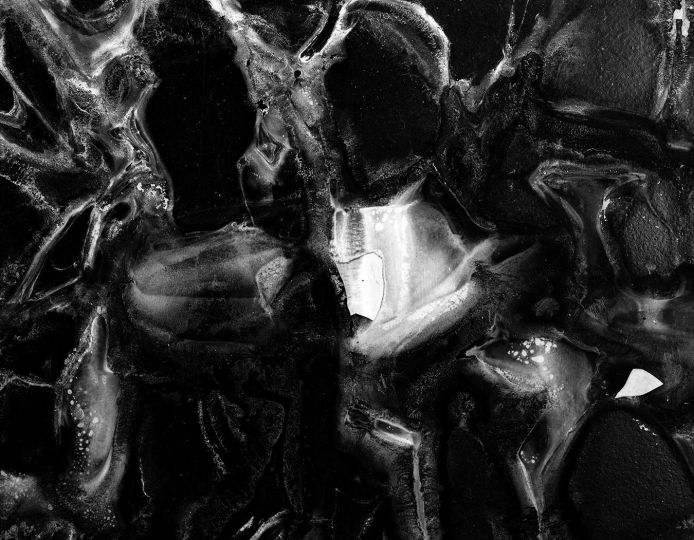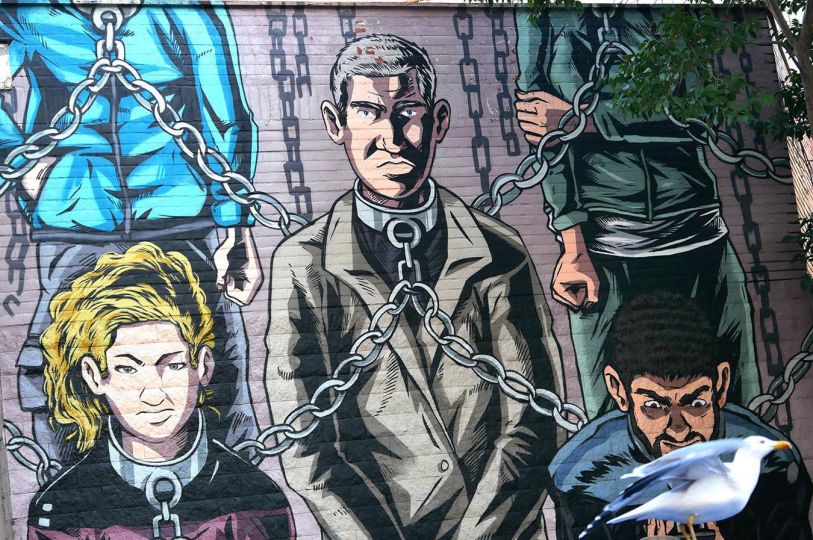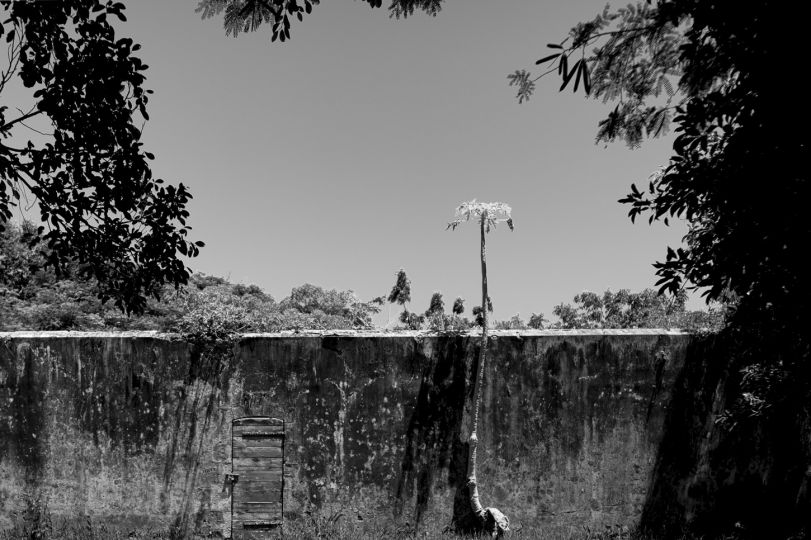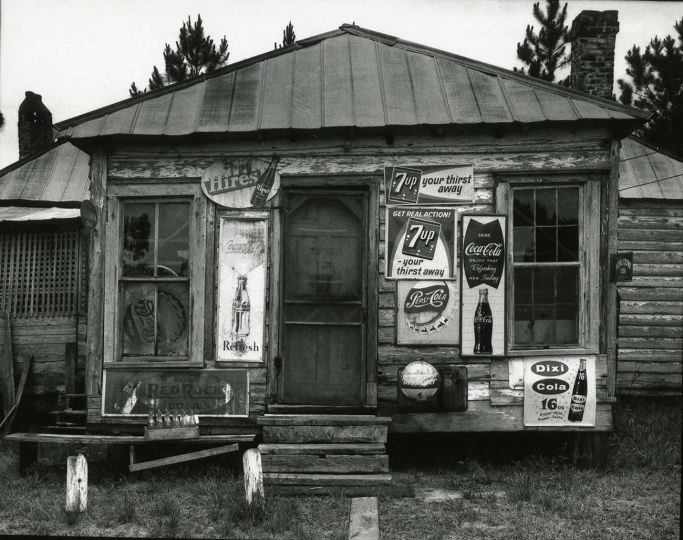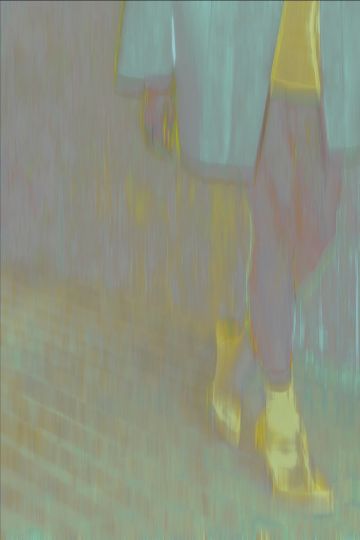The Lawarde Mining Center in the north of France hosts the exhibition “Mining is a Sport”. Opened in 1984, this center, the largest museum dedicated to mining in France, occupies the site of the former Delloye pit.
Visitors can explore reconstructed corridors and discover the world of mining, including the showers, lamp room, and engineer’s office. The mining center also hosts three annual exhibitions. This year, visitors can discover “The Conquest of the West,” “Sport in the Mine,” and “Miners of Ukraine.”
Despite exhausting workdays, sports activities developed among miners from the late 19th century. In the North and other industrialized regions, mining companies built sports facilities, particularly near workers’ housing estates.
“A Healthy Mind in a Healthy Body”
The sporting investments of mining companies were influenced by the hygienist ideology of the time. Sport was also a way to manage miners’ free time and avoid informal gatherings among workers.
The exhibition focuses on amateur and professional sports among the workers in the Northern mining basin. It revolves around three sports: football, cycling, and athletics.
A Mine of Footballers
Born in the late 19th century, football was imported from the United Kingdom, and clubs quickly formed in France, like the legendary RC Lens, which became known as “the club of the black faces” in the 1930s. Miners were able to start professional football careers, such as Raymond Kopaszewski (1931-2017), who worked at the pit in the morning and trained on the field in the afternoon.
During his career, he was selected forty-five times for the French national team and played for Real Madrid. In 1958, he was voted the best player of the World Cup. Raymond Kopaszewski and many other miners have formed a pool of important players for French football.
The “Little Queen” of the Mines
Popular partly due to its low cost, the bicycle was primarily used in the mining basin as a means of transport to get to the pit. However, the cobblestones of the mining towns were not smooth roads. The bicycle was also popular thanks to the public’s enthusiasm for races like the legendary Paris-Roubaix.
Athletics: Running, Throwing, Jumping
In the 20th century, clubs in the mining basin trained athletes who joined the best teams in the country. Some of these clubs still exist, such as the Étoile d’Oignies where Guy Druart trained. Initially passionate about football, he turned to athletics and became a thirteen-time French champion.
He collected numerous titles. Sport can be seen as a means of emancipation for miners and their families: some experienced social mobility thanks to it. The photographs in the exhibition testify to this golden age of mining sports: company newspapers, photos from photo-club; there are many archives from the era to attest to it.
The portraits of athletes, like that of Marcel Cerdan in action, are striking. Many period objects accompany the exhibition, such as a small lead cyclist peloton featuring Jean Stablinski (1932-2007).
Mining is a Sport
An exhibition labeled “Cultural Olympiad.”
Until May 4, 2025
Historical Mining Center Delloye
Rue d’Erchin 59287 Lewarde
Website

